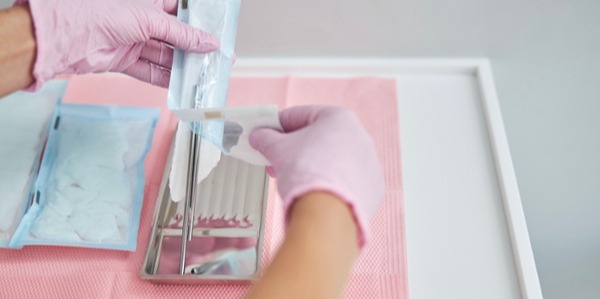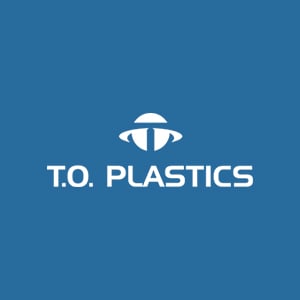The options you have when packaging a medical device often feel innumerable. With the flood of innovation we’ve experienced in the 21st century, it's tempting to envy the "doctors" of the dark ages, who probably didn't spend much time pondering the best way to hold and transport their leeches. Ah, the good old days.
In an effort to consolidate these options, we’ll go over the six most common packaging platforms. Though different in form and function, each platform listed can adhere to the ISO standards of medical packaging, as well as achieve total sterilization.
First I'll cover the packaging options used for commodity type devices that don't require a high level of product protection - pouches, bags, and forming films. Then we'll dive into the packaging platforms used to enhance the protection of medical devices - laminations, die cut lids, and thermoformed trays.

1. Pouches
Pouches are low cost packaging options that allow for massive volume and quick lead times, which means they mostly remain relegated to commodity products. These “worker bees” of the medical industry may be cheap, but they’re indispensable and pragmatic. They can be stacked, thrown, flipped and sling-shotted around without adding much risk to the budget or supply chain.
Best of all: Pouches can be mixed and matched with various materials to suit any low cost device.
2. Bags
The medical device packaging market was valued at $29.32 billion USD in 2020, and is expected to grow to $41.91 billion USD by 2026. This aggressive expansion will be in large part due to the increased demand for low cost, high volume packaging. And with good reason.
Medical bags are another low-cost platform that provide superior opening options when compared to a basic tear pouch. Something as simple as a resealable opening, like a “ziplock” or mild adhesive, can add tremendous value to the end user.
3. Forming Films
Just as the type of clothing we wear determines our movement, so does medical packaging. For a medical device that requires versatility in its range of motion, a forming film solution may be best.
Polyurethane films are used industry-wide to protect prosthetic implants, surgical screws and other medical devices that need to be malleable and durable over the long term. Combined with breathability, flexibility, and durability, forming films have everything you need to keep your device safe and sterile at a relatively low cost.
4. Laminations
Layers are our defense against unwelcome forces; think of a brand new pair of sunglasses or a new smart phone - that protective film covering the delicate surface. In the medical packaging industry, we opt for laminations to protect devices from outside aggressors.
Laminations are composed of two or more individual films that are used within the structure of a medical pouch or bag. Each film adds an extra layer of protection, such as UV, moisture, or corrosion barriers, to name a few.
That final combination becomes unique to the device’s purpose and life cycle, adding a bespoke flair to what otherwise is just thought of as a piece of plastic.
Another benefit in using a stack of high-quality laminations is that most of the films are impermeable by gas, which enables their use as packaging for sterile products.
5. Die Cut Lids
How many gallons of pickle juice have been spilled due to the borderline-impossible task of opening the jar with ease? Accidents that messy cannot happen in the operating room. During a medical procedure, the end user must be able to open the device’s package without disturbing the contents inside. The die cut lid rises to that challenge.
This platform’s rigid structure, typically shaped as a tray, allows for a form that holds the device in place. “Clean peel” technologies then ensure a clean and particulate-free opening motion.
This one-two punch makes die cut lids a preferred package by nurses and surgical technicians due to their ease of use.
6. Thermoform Trays
After investing precious and countless hours and dollars designing and developing a medical device, the next thing you want to do create a package that adequately protects it. Thermoforming is an excellent protective and cost effective packaging platform that can be forged inside state-of-the-art certified Class 8 cleanrooms with high-speed machinery.
Many medical device designers choose thermoformed packaging due to it’s high impact resistance, glass-clear transparency, and its wide range of design and barrier options.
If you’re in the process of designing a high value item, the best way to go is a rigid thermoformed package. This solution is not the cheapest option reviewed today, but the protection and accompanying peace of mind more than justifies the price tag - and this is all before discussing it's sterilization capabilities.
Which platform is best for your device?
Choosing the right packaging platform for a medical device is a modular process. One size does not fit all, and our team is prepared for any size, shape and application that you need as an engineer.
If you need an expert opinion on which type of packaging is best for your device, don’t hesitate to contact us. We know what questions to ask, and how to assess your unique needs.

